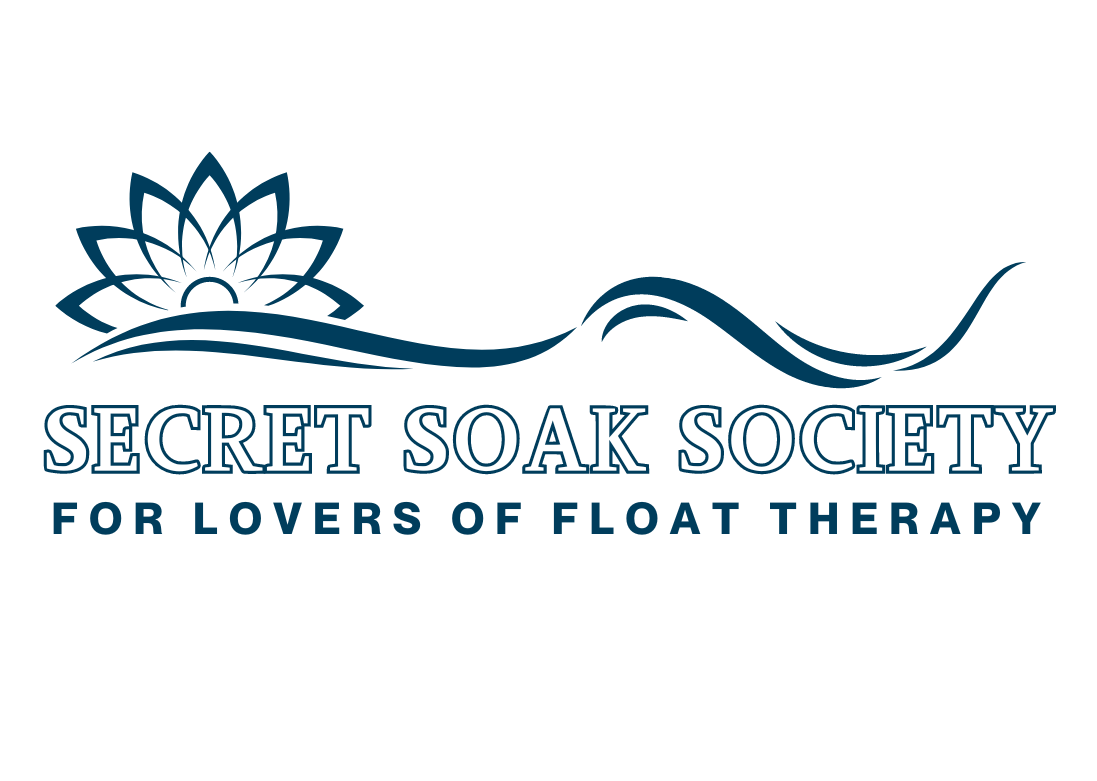In our hyper-connected world, where digital devices demand constant attention and the boundary between online and offline life blurs, the phenomenon of tech burnout has become increasingly prevalent. This relentless digital engagement not only strains our eyes but also our minds, leading to heightened stress levels and a pervasive sense of being perpetually ‘on.’ Amidst the cacophony of notifications and the glare of screens, float therapy emerges as a serene counterpoint, offering a refuge from the digital deluge. This article explores how float therapy, through the principle of sensory deprivation, serves as an effective tool for combating digital overload and tech-related stress, providing a much-needed reset for the mind and body.
Float therapy, or sensory deprivation therapy, invites individuals to immerse themselves in a float tank or pod, devoid of all sensory input. The tank is filled with a solution of water and Epsom salts, heated to skin temperature and saturated enough to support effortless floating. This environment, free from the intrusion of light, sound, and even tactile sensations, offers an unparalleled opportunity for deep relaxation and introspection.

The essence of float therapy’s effectiveness in countering tech burnout lies in its stark contrast to the sensory overload of our digital lives. By stepping into a float tank, individuals are not merely taking a break from their devices; they are entering a space where the brain can recalibrate and recover from the constant bombardment of digital stimuli. The absence of sensory input allows the brain to shift from a state of hyper-alertness, characteristic of navigating digital environments, to one of profound relaxation. This transition is marked by a decrease in cortisol levels, the stress hormone, and an increase in the production of endorphins, leading to an enhanced sense of well-being.
Moreover, the sensory-reduced environment of float therapy facilitates a shift in brainwave patterns, from the beta waves associated with day-to-day wakefulness to alpha and theta waves, indicative of relaxation and the threshold of sleep. This shift can encourage creativity, problem-solving, and a state of meditative reflection that is often elusive in the distraction-filled digital world. For those struggling with tech burnout, this mental shift can foster a renewed sense of clarity and purpose, providing insights and perspectives that are drowned out by the digital noise of everyday life.
Float therapy also addresses the physical manifestations of tech burnout, including eye strain, tension headaches, and the muscular discomfort associated with prolonged device use. The weightlessness experienced in the float tank alleviates physical tension, promoting muscle relaxation and reducing inflammation. This physical aspect of float therapy, coupled with its mental benefits, offers a holistic approach to recovering from the effects of digital overload.
In embracing float therapy as a means to escape tech burnout, individuals find not only a temporary respite from the digital world but also an opportunity to reconnect with themselves on a deeper level. This practice encourages a mindful approach to digital consumption, prompting individuals to reevaluate their relationship with technology and its impact on their well-being.
In conclusion, float therapy stands as a powerful antidote to the challenges of living in the digital age. By offering a space for sensory deprivation and deep relaxation, float therapy provides a pathway out of tech burnout, helping individuals to reset, recharge, and return to their digital lives with a renewed sense of balance and presence. As we navigate the complexities of connectivity, float therapy reminds us of the value of disconnecting, inviting us to explore the profound silence and stillness that lies within, far removed from the incessant buzz of the digital world.






